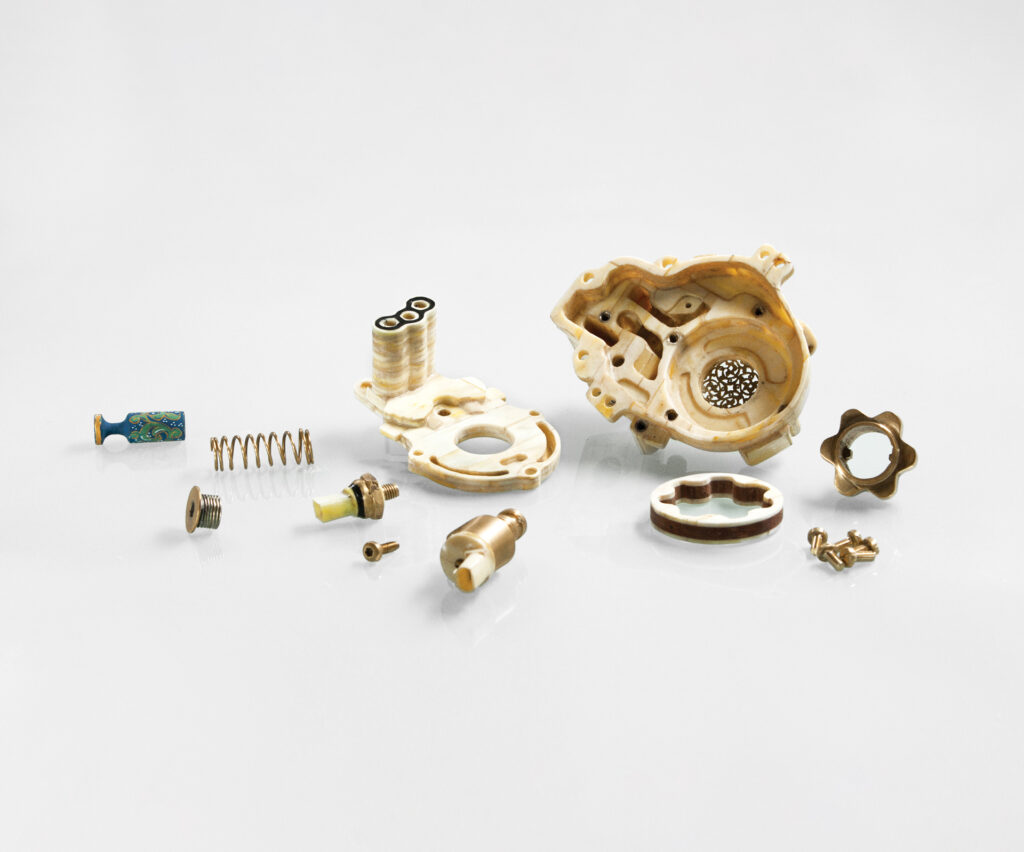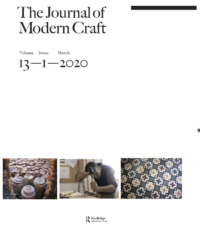Launching the Mahjouba 4 Collector Edition
After six years of development Eric Van Hove and the Mahjouba Initiative launched, during the 1-54 Art Fair in Marrakech last month, the Mahjouba 4 Collector Edition. This artist multiple of 100 numbered and signed edition of the latest prototype for a moped is the result of a lasting collaboration between the artist and a team of engineers & craftspeople.
Mahjouba Initiative (click here)
It is a fully functional functionalist technical design found at the crossroad of the EU legislation for two-wheel electric drive and the materials and tools used today in the craft sector in Morocco. It combines factory-made components using a Capitalist Mode of Production and partaking in the formal economy (30% of parts) and craft-made components fostering a Socialist Mode of Production within the relational economy (70% of parts). Mahjouba 4 Collector Edition is a function-driven object combining low-tech and high-tech elements: it is an NFT (though not using cryptocurrencies – illegal in Morocco) via a blockchain-secured ‘O°code’ VIN number, latest lithium battery technology and General Transmission’s latest 2Kw electric engine, while being simultaneously a moped made by the craftsmen for the local market, using brass, steel, wood, bone, horn and recycled aluminium. It is combined to three apps: one for interacting with makers, one for future Mahjouba riders, and an informative app for now only available on Android:
Mahjouba app: available on Android (click here)
The Mahjouba 4 Collector Edition is part of a wider incentive to crowdfund for the licencing (in Morocco) and the development of the moped’s controller (normed software development).
It is sold at the price of 5000 Euro (or equivalent in Moroccan dirhams or dollars).
Download the information pdf for this edition : Mahjouba 4 Collector Edition (click here)

